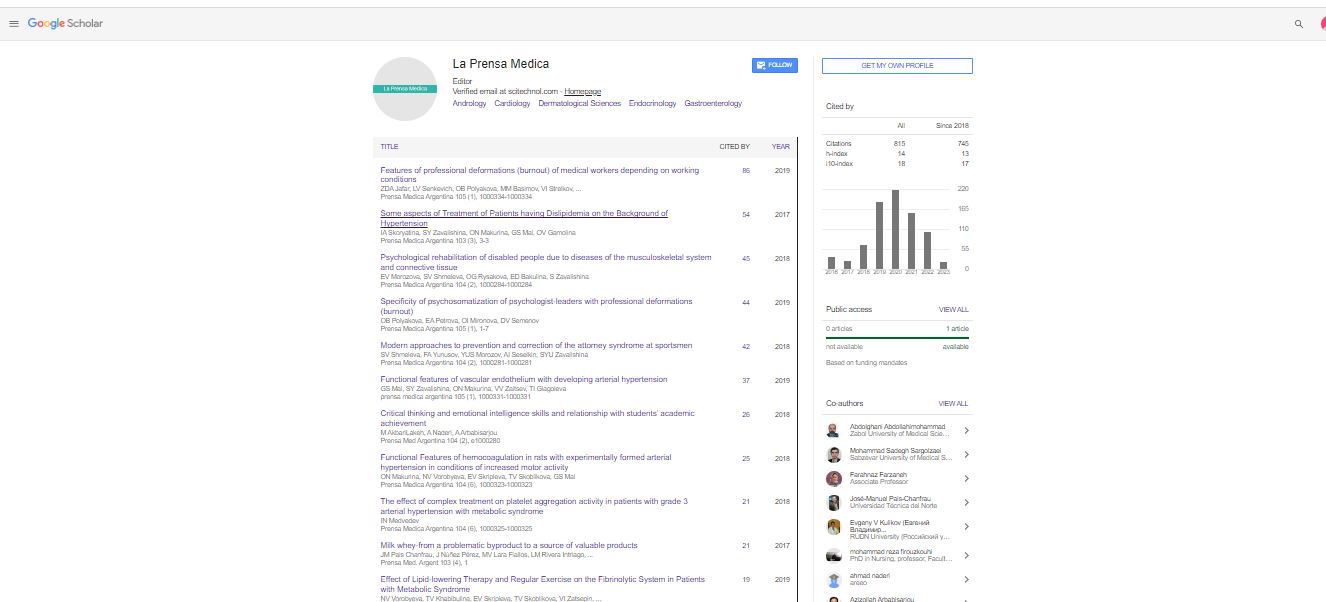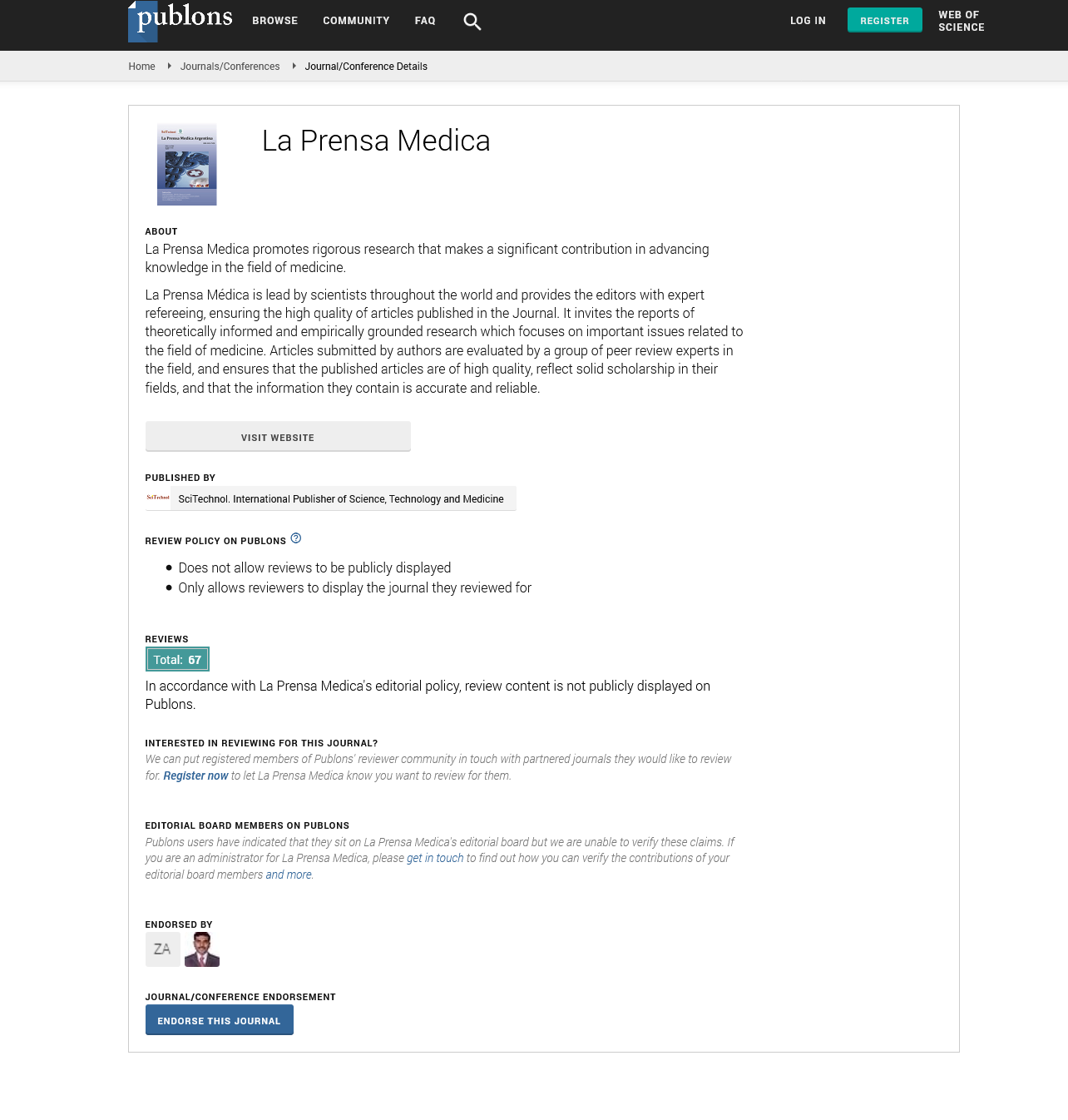Research Article, Prensa Med Argent Vol: 102 Issue: 6
Role of Pre-operative Meta-Iodo Benzyl Guanidine (MIBG) in Biochemically Proven and Anatomically Localized Adrenal Pheochromocytoma
Abstract
Background: Radio labeled metaiodobenzylguanidine scintigraphy (MIBG) is used for used to image pheochromocytomas. While computed tomography (CECT) or magnetic resonance imaging (MRI) usually localizes the tumor, MIBG is often obtained to rule out multifocal and metastatic disease and to corroborate anatomic imaging with functional data. Since the utility of routine MIBG is questionable in the pre-operative setting, the aim of this retrospective analysis was to look at this issue.
Methods: All patients of pheochromocytoma who underwent MIBG scintigraphy at our institute between 2003 and 2013 were identified retrospectively. The findings of CECT, MIBG, operative findings and histopathological results were reviewed and compared.
Results: A total of 29 patients underwent MIBG scintigraphy for the pre-operative evaluation of pheochromocytoma for variable reasons. All patients had raised 24 hr. urinary fractionated metanephrine or nor-metanephrine. Four patients with >5 cm tumors had negative MIBG uptake and 4 patients with unilateral tumors showed bilateral uptake. MIBG did not identify any additional foci of disease or alter the surgical management in any patient but added to the confusion regarding optimum management in patients with bilateral uptake.
Conclusion: The routine use of pre-operative MIBG scintigraphy is not useful in patients with biochemically confirmed and localized apparently sporadic adrenal pheochromocytoma. Its use should be limited to the subset of patients with equivocal biochemical disease, familial disease, negative cross sectional imaging or those with recurrent or metastatic disease.
 Spanish
Spanish  Chinese
Chinese  Russian
Russian  German
German  French
French  Japanese
Japanese  Portuguese
Portuguese  Hindi
Hindi 

